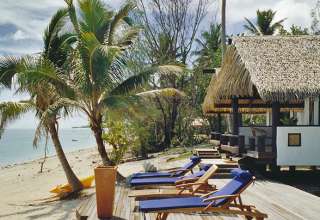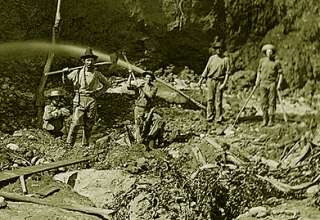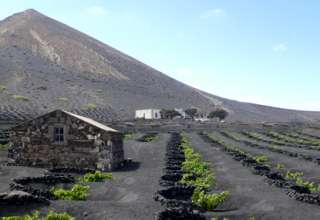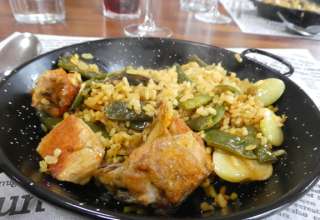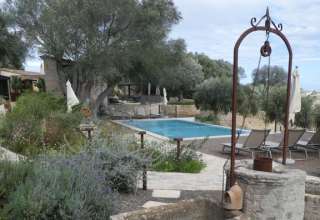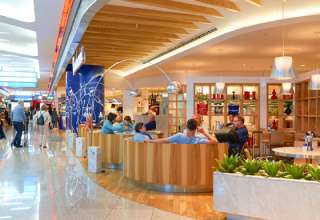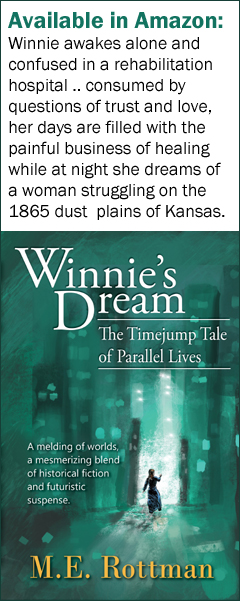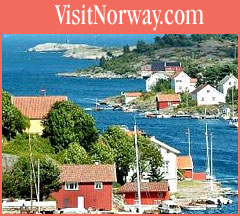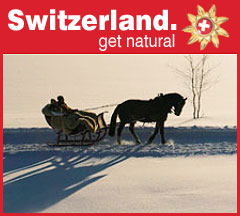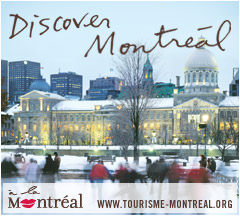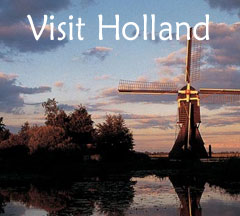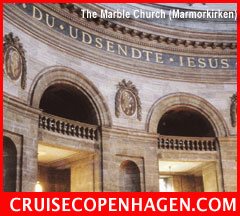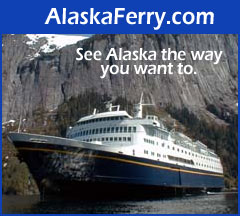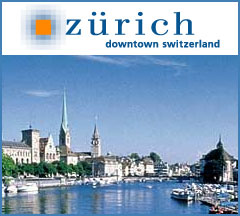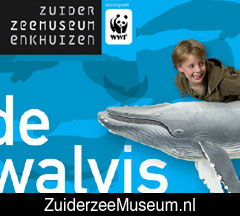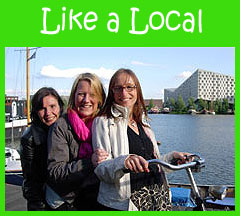Article by Richard Frisbie. Photos provided.
Within the city of Valencia is an area called The City of Arts and Sciences. It is an example of modern architecture seemingly floating in reflection pools, the whole being largely designed by the world-renowned architect Santiago Calatrava, a native of Valencia, with assistance by another Spanish architect, Félix Candela.
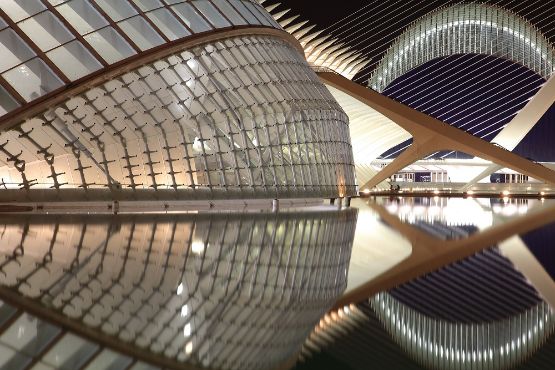
It contains six elements, each remarkable in its own right. The Hemisfèric, the Umbracle, the Science Museum, the Oceanogràfic, the Palau de les Arts, and the most recent addition: the Agora. Touring each, visitors are exposed to different aspects of science, technology, nature, and art, all housed within buildings that are works of art themselves.
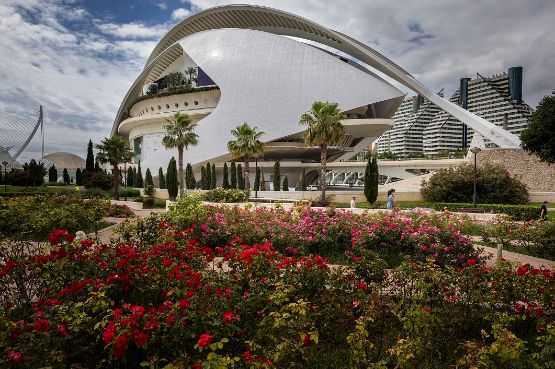
A recent tour of Valencia during a rainy spell had me nervous about flooding, especially after Valencia’s devastating floods of October 2024. An explanation about the differences between the city of Valencia and the Valencia Region eased my fears. It seems that last fall’s flooding was in the region not the city, which was spared largely because of the city’s flood control program and planning after the previous major flooding of 1957.
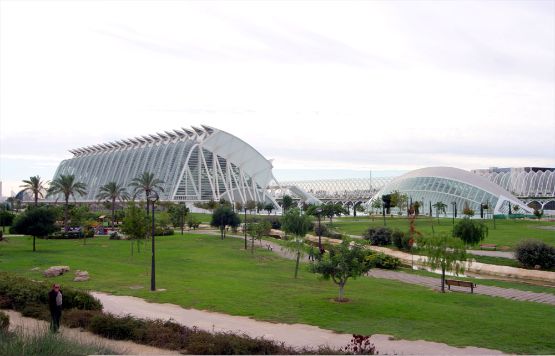
Valencia was founded on the banks of the River Turia but eventually outgrew the flood-plain location. After the devastating 1957 flood, it was obvious to the city fathers that something radical needed to be done. Rather than move the city, they moved the river to the south, out of the city center.
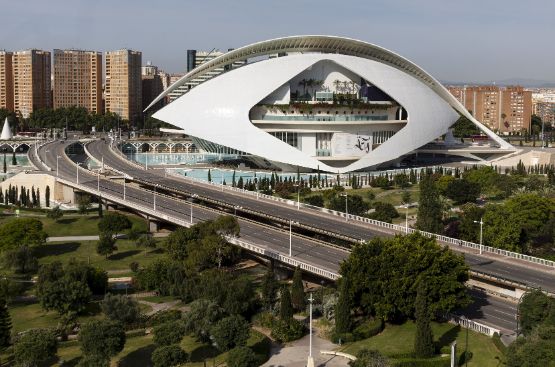
This created a miles-long corridor through the heart of the city which was developed into a linear greenway. It is a beautifully landscaped recreation area with small parks and gardens connected by walks and bike paths which are easily accessible to virtually everyone in the city. Near the end of this repurposed riverbed is The City of Arts and Sciences.
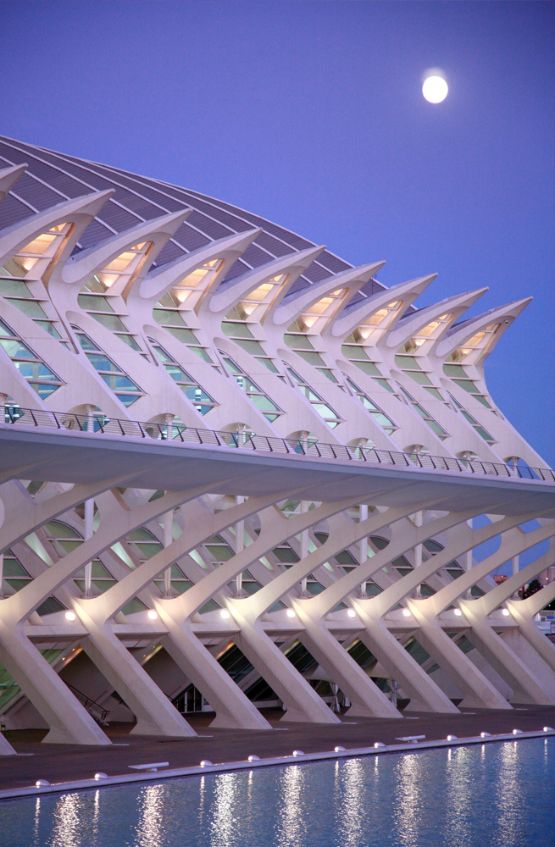
I’ve been wanting to visit Valencia since I heard of The City of Arts and Sciences being built. As you can see from the pictures, the buildings are beautiful. They looked as if waves from the nearby shore froze and were reflected in the surrounding still pools. It is a breath-taking experience just to stand beneath them waiting for the cascade to fall. As Valencia tamed the river Turia, turning it into a flowing green space amid the asphalt, it seemed to tame the sea, turning it into glistening undulations of white concrete on the shore.
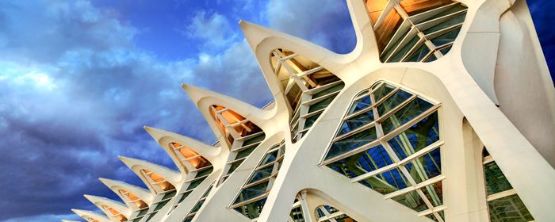
When visiting Valencia, either for the recent annual Fallas Festival, which culminates in bonfires in the streets while exploding fireworks fill the air in a brilliant display of smoke, sparks, and pavement-rocking percussions, or for this year’s 25th Anniversary of the Museum of Sciences at The City of Arts and Sciences, you’ll marvel in this beautiful, walkable city, and all it offers.
And while you are here, you must taste the city’s claim to culinary fame – paella!

